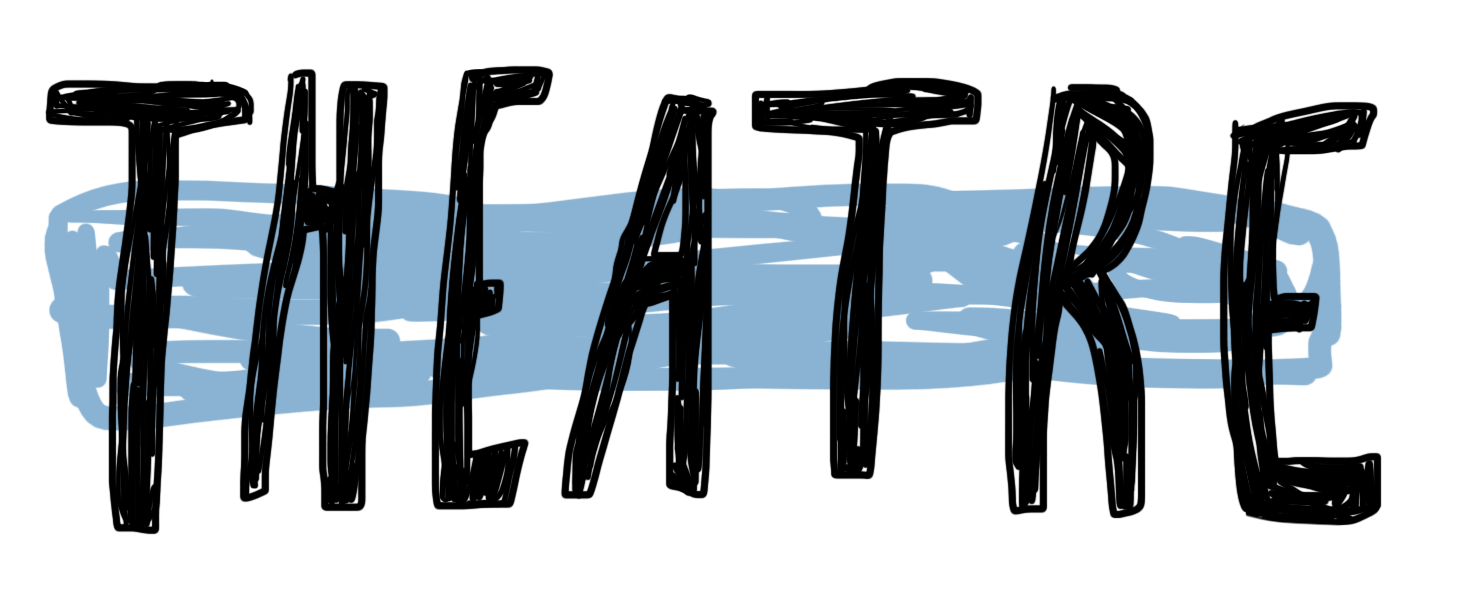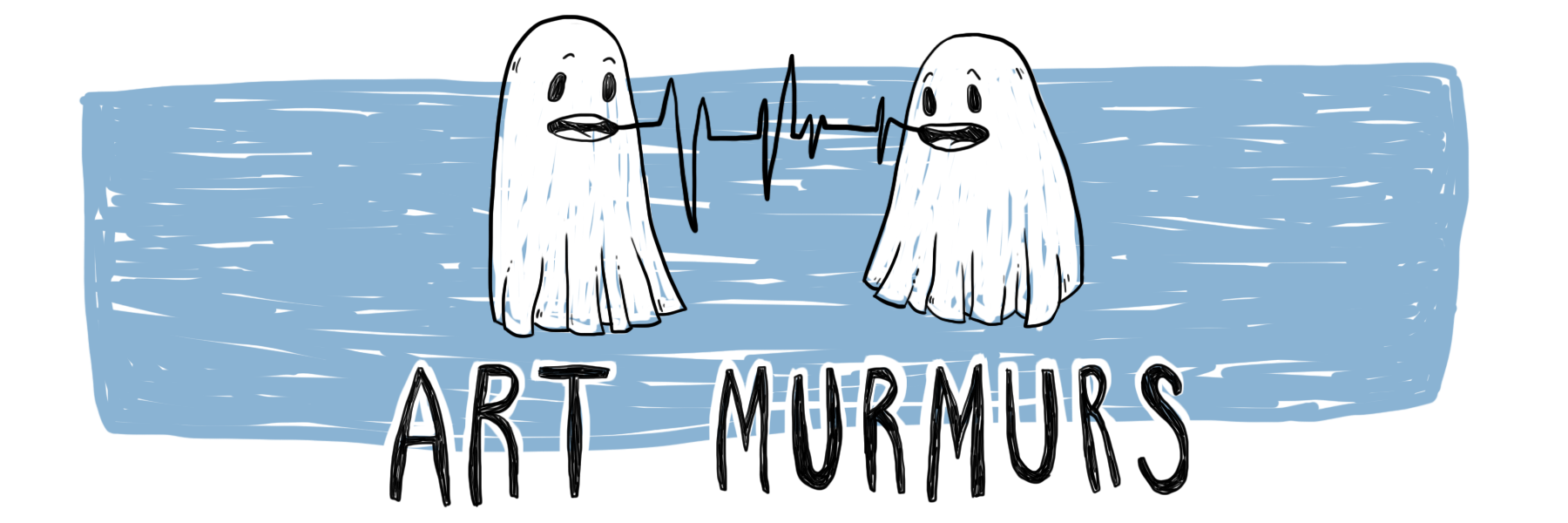Sean Burnett Dugdale-Martin
Community theatre is always great to watch because everybody is there for the passion of it. Nobody gets paid to do any of the jobs, it’s pure enjoyment of the practitioners. Noted in the programme is the fact that the number of rehearsals with full attendance number in the single digits because of how COVID and personal challenges have interrupted the process. It is a performance of endurance because of its 140 minute run-time (including intermission) - props to McKenzie, Foy, and Nick Edwards (who played Rupert Cadell) for the stamina required of performing meticulously for such long stretches of time.
Great credit belongs to Mandy Eeva Watkins and Tim Macdonald, who play Leila Arden and Kenneth Raglan respectively, because of their infectious energy. Often bubbly and brimming with fun Macdonald followed Watkins lead with great comedic timing. Susanah Donovan played Mrs Debenham, a reclusive un-conversationalist, making great fun of one or two word replies while the other characters were secretly trying to get more out of her. Donovan nails the role, gets the laughs, and it’s a shame we don’t see more of her! Stephanie Gartrell as Sabot, and Paul Stone as Sir Johnstone Kentley round out the strong cast, as a group they are a testament to community theatre’s willpower in the face of pandemic and personal strife!
The script's main theme is of putting your money where your mouth is. Without giving too much away it’s well-read socialites and upper class-people having opinions about hypothetical situations versus those same people being in the same situation, this time for real, and grappling with their own hypocrisy. From this perspective these things make great sense in a play written in 1929 after a Great War that was less "great" and more "war" than was ever advertised.
The hanging, empty picture frames is an interesting choice of design by Oliver Mander (also Poster Design, Publicity, Ticketing and President of Wellington Repertory Theatre), I imagine that the picture frames of the void could be a metaphor for how our leading psychopaths look good from the outside but are actually soulless on the inside? However the naturalism of every other part of the play made it hard to think that was the intention. The style of the play also made the walls-without-walls interesting and perhaps I’m too used to experimental fringe stuff but I was left wanting for something to be done with this lack of walls. Could they have used it to show a split stage? Characters came and left the house that the play was set in, could the space between the back of the set and the back of the theatre not have been a path or lawn they could cross over to enter or depart?
Within the programme it states “we have consciously chosen not to try to update the play or stage it in a modern style, but to remain true to the original” which I can understand, sure, but when a character describes another as “all fagged up” because they smell like cigarettes I’m inclined to really think about how that language used in 1929 may have been glanced over because of it’s predominant attachments to cigarettes but in 2022 any use of the word serves only as a road block to the much more important narrative as a whole. Would you rather serve the text as it was, distracting warts and wincable text, or would you trim and change a line or two in order to preserve the original themes of the piece without any of the poorly aged bits?
Rope is on until the 11th June at the Gryphon Theatre, find more info here.






